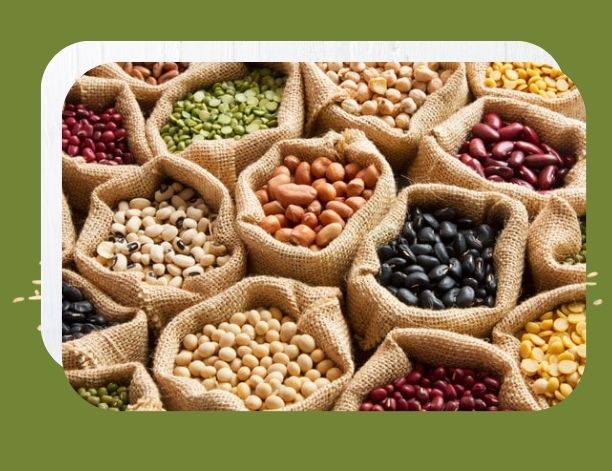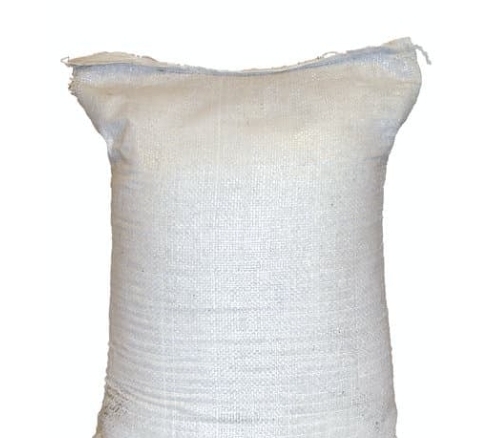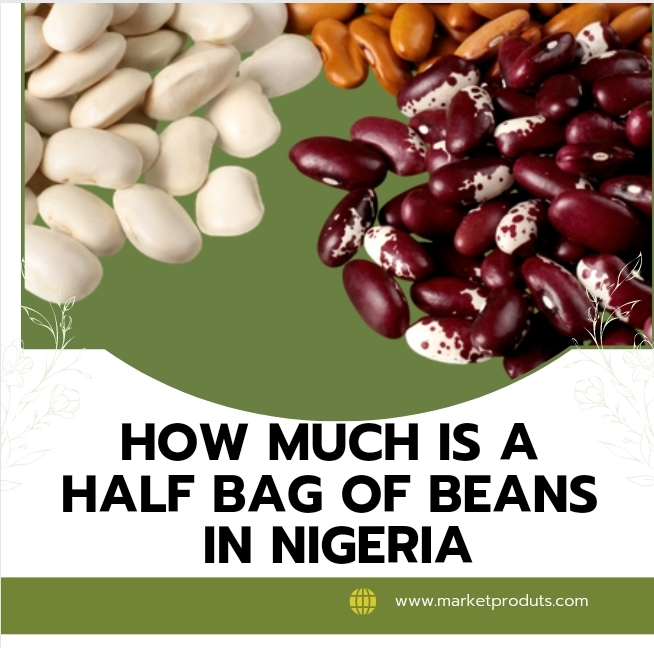Beans holding a significant place in Nigerian cuisine, serving as a food for millions across the country. The affordability and availability of beans have made it a popular choice, especially for households with limited budgets. How Much Is a Half Bag of Beans In Nigeria, However, understanding the pricing of beans, particularly in the context of a half bag, is essential for consumers and traders alike.
Factors Influencing the Price of Beans
Various factors contribute to the fluctuation in the price of beans in Nigeria. Seasonal variations play a significant role, with prices typically rising during periods of low harvest and increasing demand. Additionally, the dynamics of demand and supply influence market prices, especially in urban centers where consumption is high. Government policies and interventions, such as subsidies and import restrictions, also impact the pricing of beans.
How Much Is a Half Bag of Beans In Nigeria Across Different Regions

The price of a half bag of beans can vary significantly across different regions of Nigeria. In Northern Nigeria, where beans are a common agricultural product, prices may be relatively lower compared to the South. Conversely, in urban centers like Lagos and Port Harcourt, the cost of beans tends to be higher due to transportation costs and increased demand.
In Western Nigeria, particularly in states like Oyo and Ogun, the price of a half bag of beans may be influenced by proximity to major markets and transportation routes. Similarly, in Eastern Nigeria, factors such as access to markets and local production levels can impact bean prices.
Read more: Seasame seed price in Nigeria
Economic Impact of Bean Prices
The pricing of beans has a direct impact on the economic well-being of households in Nigeria. Fluctuations in bean prices can strain household budgets, particularly for low-income families who rely on beans as a primary source of protein. Moreover, high bean prices can affect food security, leading to decreased access to nutritious food for vulnerable populations. Additionally, bean prices influence the livelihoods of farmers and traders, with fluctuations in prices affecting their income and profitability.
Strategies for Affordability
To cope with the challenges of fluctuating bean prices, consumers and traders employ various strategies. Some may opt for substitutes and alternatives to beans, such as lentils or peas, during periods of high prices. Others may utilize cooking techniques to maximize the usage of beans, such as soaking and sprouting, to increase their nutritional value and reduce cooking time. Community support initiatives, such as cooperatives and food sharing networks, also play a crucial role in ensuring access to affordable beans for all.
Read more: How Much Is bag of cement in Nigeria
How Much Is 50kg Of Beans In Nigeria
The price of 50 kilograms of beans can vary depending on factors such as location, market conditions, and quality. As of recent records, the cost typically ranges as follows , white beans ₦60,500 , Brown beans ₦60,000 and Honey beans 75,000 in various markets across the country.
However, fluctuations in prices may occur due to factors such as seasonal variations, transportation costs, and supply and demand dynamics. Consumers and traders often keep a close eye on market trends to make informed decisions regarding their bean purchases, as this staple food item holds significant cultural and economic importance in Nigeria.
How many paints in a Bag of Beans?

In determining the number of paint buckets in a bag of beans requires a systematic breakdown based on weight. For a 100kg bag of beans, the count amounts to 24 paint buckets, equivalent to 72 mudus. Breaking this down further, a 50kg bag of beans will contain half the amount, totaling 12 paint buckets or 36 mudus. Similarly, a 25kg bag yields half of that again, comprising 6 paint buckets or 18 mudus. This breakdown illuminates a consistent pattern: the number of paint buckets is directly proportional to the weight of the bean bags.
This information is crucial for businesses and consumers alike, providing clarity on resource allocation and logistical planning. Understanding the relationship between weight and quantity enables efficient distribution and utilization of beans, streamlining processes and ensuring optimal productivity.
How Much Is 10kg Bag Of Beans?
The price of a 10kg bag of beans can vary depending on several factors such as location, market demand, and seasonality. As of recent trends, the average cost typically falls within the range of ₦8,000 to ₦12,000. However, it’s important to note that prices can fluctuate due to factors like transportation costs, agricultural production, and government policies.
Beans hold significant cultural and nutritional importance in Nigerian cuisine, often being a staple ingredient in various traditional dishes. Thus, fluctuations in prices can impact household budgets and dietary habits across the country. Consumers and traders alike closely monitor these fluctuations to make informed decisions in their purchasing and selling activities.
How Many Mudu Is In A Bag Of Beans
In our Nigeria markets, being able to understand that the quantity of beans in a bag is often measured in traditional units such as “paint buckets” or “mudus.” These units provide a practical way for both sellers and buyers to gauge quantities. A 100kg bag of beans typically holds around 24 paint buckets, which translates to approximately 72 mudus. Similarly, a 50kg bag contains about 12 paint buckets or 36 mudus, while a 25kg bag holds roughly 6 paint buckets, equivalent to 18 mudus.
Considering the common market range for a 10kg bag of beans, which usually falls between ₦8,000 to ₦12,000, consumers can calculate their desired quantity based on these measurements. Beans remain a crucial ingredient in Nigerian cuisine, and understanding these traditional units helps both sellers and buyers navigate the market efficiently. Factors such as location, demand fluctuations, and seasonal variations influence the pricing, emphasizing the importance of such traditional measurements in everyday transactions.
How Much Is A Bag Of Beans In Lagos Today.

As of today, the price of a 100 KG bag of beans in Lagos fluctuates depending on factors such as market demand, seasonality, and supply chain dynamics. However, on average, a 100 KG bag of beans typically ranges from ₦120,000 to ₦150,000 in local markets across the city. Despite occasional price variations, beans remain an essential and affordable source of protein for many Lagosians, reflecting their enduring popularity in the local cuisine.
You can also read: How Much is Tomato Rice 25kg?
Conclusion
In conclusion, the pricing of a half bag of beans in Nigeria is influenced by various factors, including seasonal variations, demand and supply dynamics, and government policies. Understanding these factors is essential for consumers and traders to navigate the market effectively and ensure access to affordable beans. By implementing strategies for affordability and supporting community initiatives, stakeholders can mitigate the impact of fluctuating bean prices and promote food security and economic stability.
FAQs
- Why do bean prices fluctuate in Nigeria?
- Bean prices in Nigeria fluctuate due to factors such as seasonal variations, demand and supply dynamics, and government policies.
- How can consumers cope with high bean prices?
- Consumers can cope with high bean prices by opting for substitutes, maximizing usage through cooking techniques, and participating in community support initiatives.
- What are some alternative sources of protein in Nigeria?
- Some alternative sources of protein in Nigeria include lentils, peas, and animal-based proteins such as poultry and fish.
- Are there any government interventions to stabilize bean prices?
- The Nigerian government may implement interventions such as subsidies and import restrictions to stabilize bean prices during periods of volatility.
- How do bean prices impact food security in Nigeria?
- Fluctuations in bean prices can affect food security in Nigeria by limiting access to nutritious food for vulnerable populations and straining household budgets.







12 comments
This article is really educative and encouraging
Weldone
Thanks for the Update, this is really helpful.
Am glad to know about this
This is a good job 👍
This is educative and so enlightening.
Very interested article
Great piece of info 👌 👏
This is highly informative. Lovely writeup. Well done.
Beans has really gotten expensive and I still can’t believe it. Thanks for this article
Beans has really gotten expensive and I still can’t believe it. Thanks for this article
Beans has really gotten expensive and I still can’t believe it. Thanks for this article.
Beans has really gotten expensive and I still can’t believe it. I miss those days when it was way cheaper